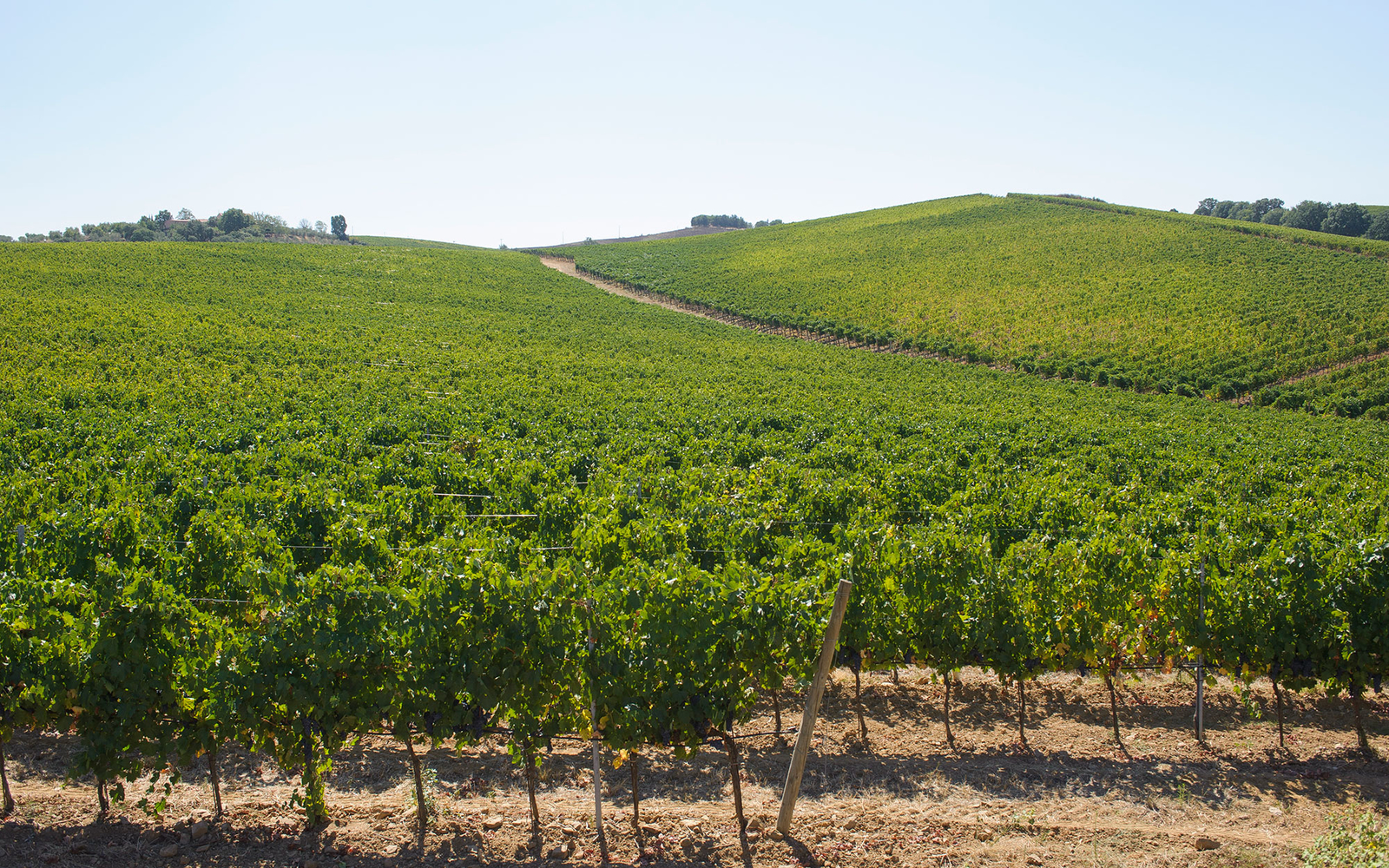 Matteo Brogi photographer
Matteo Brogi photographer
Sometimes wine snobs give a serious eye roll when you bring up Tuscany because everyone loves it. How can it be all that great with Diane Lane movies and best-selling novels taking place there? Generally, these naysayers will make an exception for Brunello di Montalcino—it’s expensive!—but that’s it.
But then you go, and you’re reminded what the fuss is all about. The smell of hillsides full of lavender baking in the hot sun is what I mean. The world’s largest sachet of potpourri.
Not only did I stay at two properties that are on my list to return to—the urbane La Bandita Townhouse in the town of Pienza, and the magnificent hilltop retreat Monteverdi, getting to which almost killed our little Smart Car—but I spent more time than I ever have in the Maremma, which is the Wild West of Tuscany, by the coast.
As opposed to the Florence/Siena axis, where the cuisine is very turf-based (wild boar pappardelle, anyone?) and the wines steely and durable, things are a bit softer by the Tyrrhenian Sea, including the vino. The breezes blow and cool things off. Also they have cowboys, called butteri, and how many places can say that?
The family behind the venerable Cecchi winery near Siena, makers of Chianti for more than 100 years, has built a deluxe new Maremma winery for their brand La Mora—check out the pillowy white marble floors in the entrance hall. The facility will welcome visitors as of May, and it’s one of the few in the area that will have American-style tours and tasting flights available, and there will even be cooking classes with a local chef.
Even though Tuscany is relatively tourist-friendly, you can’t just show up anywhere and expect that people will be there to greet you. Even the Cecchi HQ winery, where they make Chianti, doesn’t do organized tastings. As the irrepressible Andrea Cecchi, who runs the show with his brother, puts it, “We like to welcome people, but it’s a winery first.”
The Maremma has a tradition of making red wines from a clone of Sangiovese—Chianti’s base grape—called Morellino di Scansano, and the flagship from La Mora is the 2013 Morellino di Scansano ($23), a lovely wine full of black cherry flavors and a bit of cranberry. It’s not as tannic as Chianti, and it’s a great Tuscany gateway drug for people who enjoy, say, a good Merlot (another too-often-maligned topic).
And even though it’s not an indigenous grape, La Mora makes a great Vermentino. The 2014 ($20) is a refreshing and juicy wine shot through with the taste of lime zest.
As you plan your travel for the spring, put the Maremma on your itinerary. But you should tell your friends, proudly, that you’re going to Tuscany.